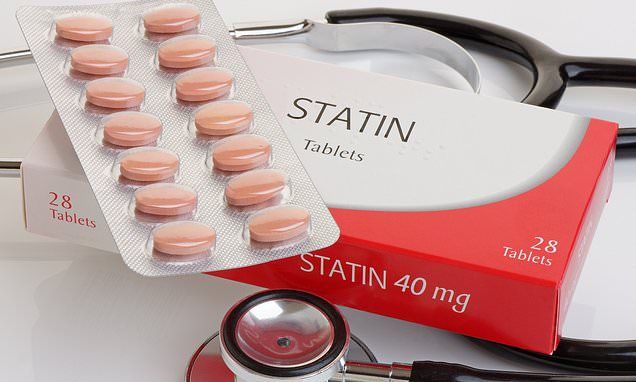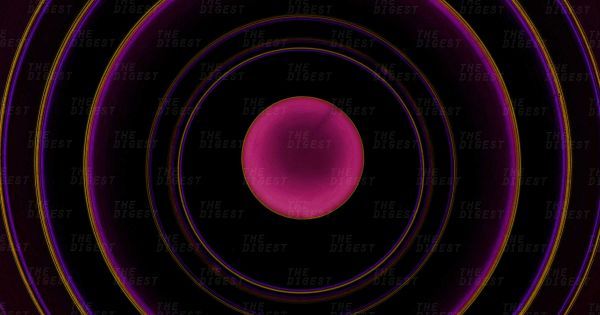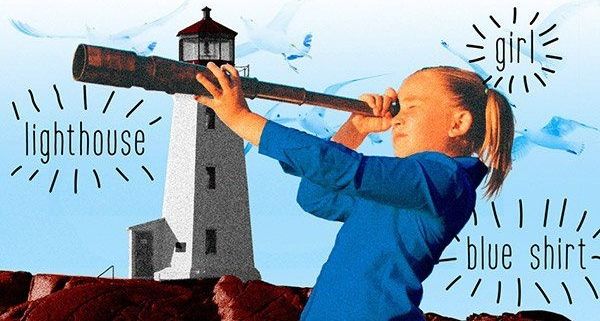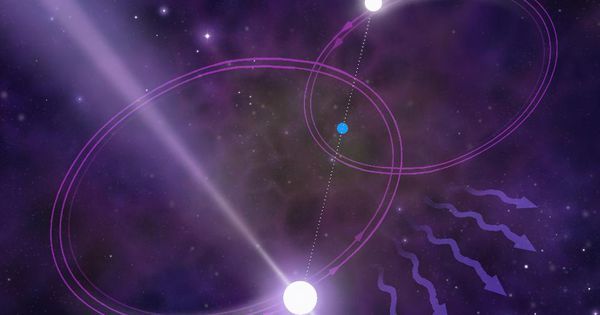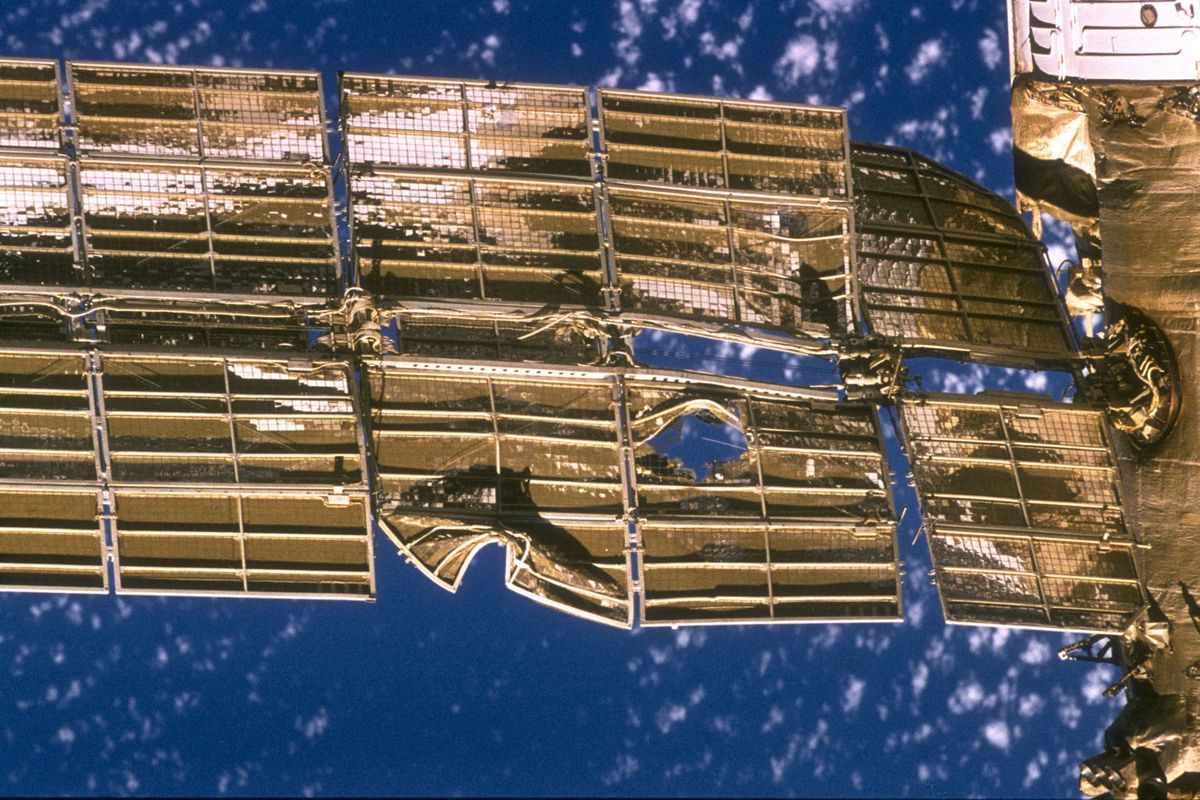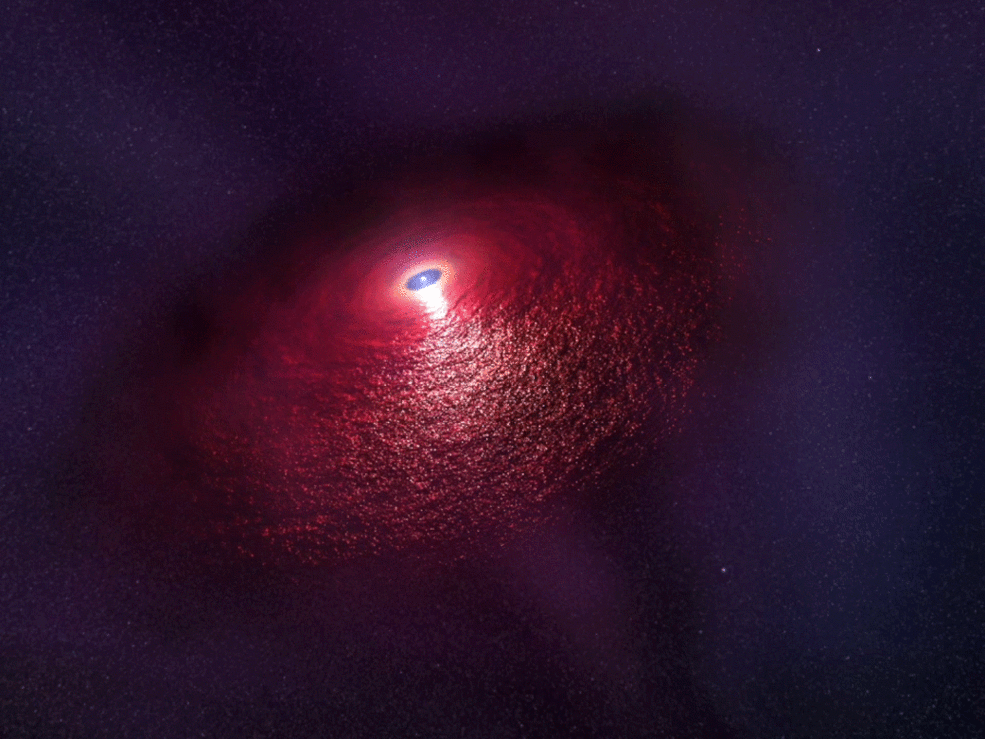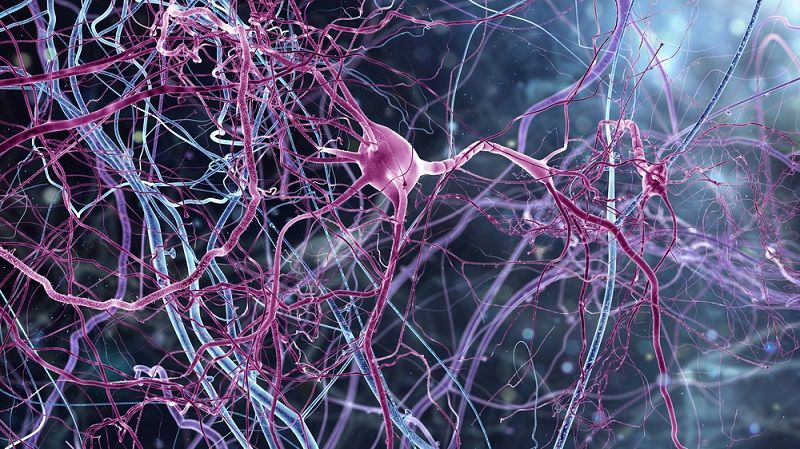Sep 19, 2018
Give millions of patients already on statins a new type of drug
Posted by Genevieve Klien in category: biotech/medical
Giving millions of patients already taking statins a new type of drug could slash their heart disease risk even further, research suggests.
Scientists claim pills that are currently under development, called lipoprotein lipase (LPL) enhancers, could prevent thousands of heart attacks.
Continue reading “Give millions of patients already on statins a new type of drug” »
